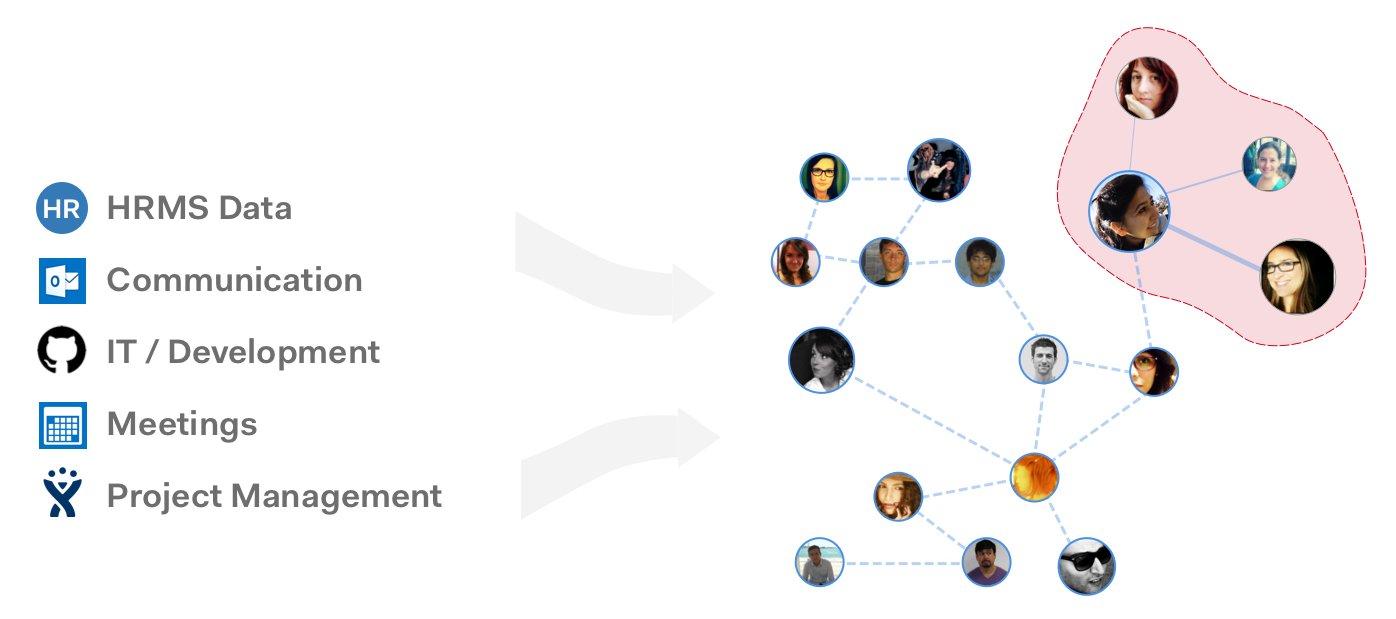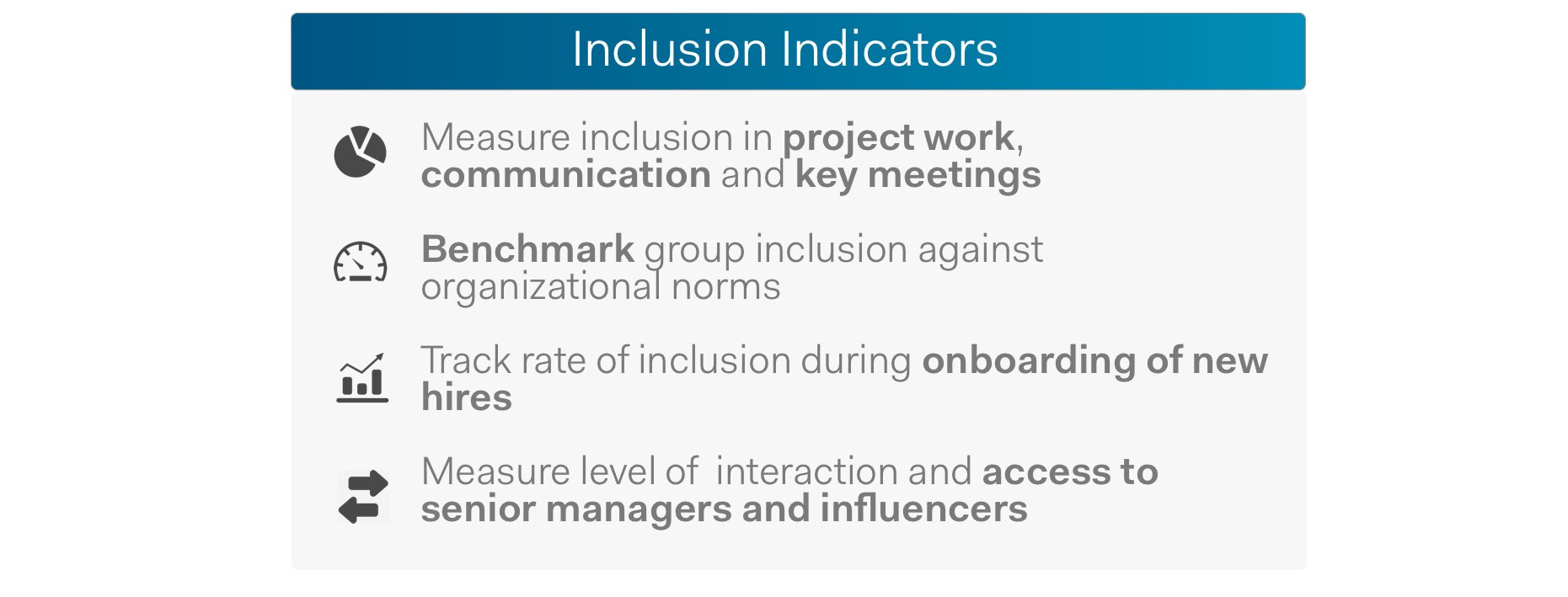We’ve all seen the data that shows diverse teams perform better than homogenous ones. But despite compelling figures, diversity often remains an afterthought for leadership … until their business is making headlines for all the wrong reasons. (Case in point: Uber’s news last week).
When leaders get pushed to explain their diversity strategy, most point toward their hiring and recruitment efforts. And, much like Uber’s CEO, they benchmark the composition of their teams versus those of competitors in order to show parity or progress.
But research shows that diversity alone isn’t enough. It’s not sufficient to hire a diverse mix of people; you must also foster an environment that’s inclusive enough for those diverse viewpoints to be exchanged effectively.
Up until now, that’s where metrics have failed us. It’s easy to quantify the diversity of a team, but it’s much more challenging to measure how inclusive that team is of diverse points of view.
We think there’s a better a way. By leveraging IT metadata from places like your company email, calendar, and collaboration tools, we can analyze how work gets done within a team in order to measure how inclusive of an environment that team has fostered.

Here’s how it works:
1. Worklytics combines anonymized data from your HRMS with data on collaboration from cloud tools

2. Data is analyzed to find indicators of inclusion and unconscious bias in how people work
Taken together, we aggregate these indicators into the Inclusion Index™. Our goal with this analysis is to equip companies with a single metric that they can use to benchmark inclusion rates across different divisions & track improvements over time.

Ultimately, our clients use the Inclusion Index to detect and correct for unconscious bias to create a more productive work environment. By quantifying the ROI of their diversity & inclusion investments, business leaders can design more effective intervention strategies that move the company forward.
How are you measuring inclusion today? How do you know if your diversity program is working?